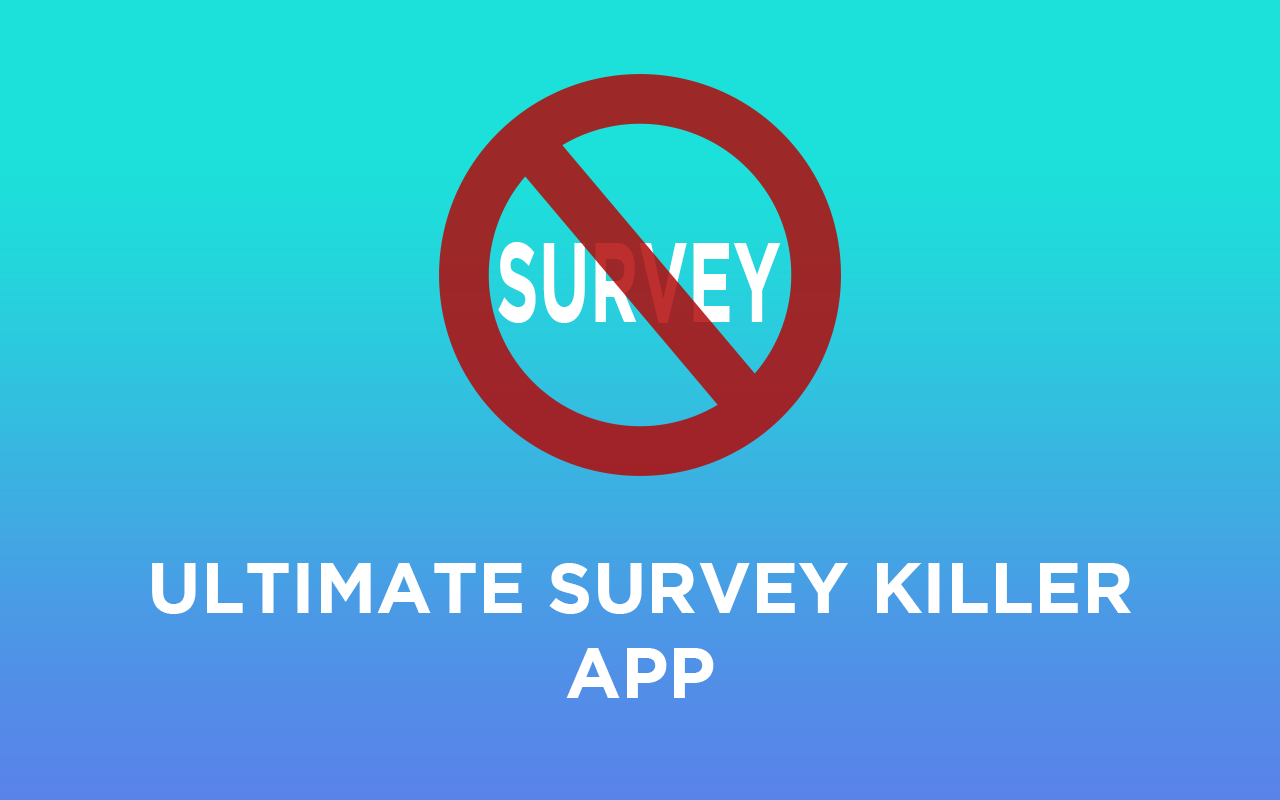As data scraping becomes more common, more preventive measures are being developed. This article will provide a few scraping strategies to avoid getting banned.
People use scraping to gather data to understand better market trends, client preferences, and competitors’ behavior. It is also used for prospecting, marketing research, and other purposes.
Web scraping is not just a data collection tool; it is a strategy for company growth. Recognizing developing innovative methods of scraping websites saves time and helps in effectively resolving the issue.
This article will discuss the best strategies to scrape web pages without getting blocked or banned.
Table of Contents
Common Challenges While Web Scraping
Most web scraping challenges are placed to identify and potentially block your scraper. These countermeasures range from watching the browser’s activities to confirming the IP address and adding CAPTCHAs.
Browser Fingerprinting
Websites use browser fingerprinting to collect user data and associate it with an online “fingerprint.”
When you visit a website, it executes scripts to learn more about you. It usually captures information like device specs, OS, and browser preferences. It can also detect your timezone and ad blocker use.
These traits are merged into a fingerprint that tracks you online. Even if you change your proxy, utilize incognito mode, or remove your cookies, websites can identify scrapers and block them.
Captchas
We all see CAPTCHA verifications when surfing. Websites often use this method to verify that a person is browsing or scraping. CAPTCHAs are generally displayed to suspicious IP addresses that use web scrapers.
IP Blocking
IP blocking is an excellent way to deal with parsers. But it’s the quickest. The server starts blocking when it detects a high volume of requests from the same IP address or when a search robot makes several concurrent queries.
Geolocation may also restrict IPs. This happens when the site is secured against data collection efforts from specified areas. The website will either entirely block the IP address or restrict its access.
Scraping Strategies Without Getting Blocked
You will face many complexities and challenges while scraping. However, overcoming data scraping challenges is possible.
To get beyond them and make the process smooth, here are a few things you can follow.
Apply Proxy Rotation
To use a proxy pool, you must change your IP address regularly. If you send an excessive number of requests from that IP address, the target website will block it. Install a proxy rotation service to prevent getting blocked. It will change/rotate your IP address regularly.
Avoid Honeypot Traps
HTML “honeypots” are just hidden links. These links are invisible to organic visitors, but site scrapers can see them. As a result, honeypots are used to identify and block scrapers.
People rarely deploy honeypots due to the time and effort required to set them up. However, if you encounter the message “request rejected” or “crawlers/scrapers identified,” you should assume that your target uses honeypot traps.
Avoid Overloading
The majority of online scraping services are designed to grab data rapidly. However, when a person views a site, the browsing experience is much slower than when web scraping is used.
As a result, it is easy for a site to monitor your access speed if you are using a scraper. It will instantly block you if it detects that the scraper moves too quickly across the web pages.
You should avoid overloading the site. You can limit concurrent page access to one or two pages at a time by delaying the next request by a random length of time.
Avoid Scraping Images
Images are large, data-heavy assets that are often protected by copyright. Consequently, there is a larger likelihood of breaching another’s rights and using more storage space.
Generally, photos are hidden behind JavaScript components, complicating data collection and slowing down the scraper. To extract pictures from the JS components, you’ll need to use a sophisticated scraping technique.
Beware of Robots Exclusion Protocol
Check whether your target website allows gathering high-quality data before scraping its page. Take a look at the website’s robots.txt file and follow its restrictions. Even if a web page allows scraping, proceed with caution. It is best not to scrape during peak hours.
Identify Website Changes
Scrapers sometimes fail to operate properly due to the frequent layout changes on many popular websites.
Additionally, the design of various websites will vary. Even large organizations with modest technical skills may become victims. When designing your scraper, you must be able to detect these changes and monitor your scrapers to ensure it continues to function.
Alternatively, you may create a unit test to monitor a single URL. A few queries every 24 hours or so will allow you to scan for significant changes to the site without doing a complete scrape.
Implement Proxy Servers
The site will immediately block multiple requests from the same IP address. You may use proxy servers to prevent sending all of your queries via the same IP address.
A proxy server serves as a middleman between clients and other servers when requesting resources. It lets you submit requests to websites disguised by your chosen IP address rather than your actual one.
Naturally, if you use a single IP address configured in the proxy server, it can still be blocked. As a result, you must create a pool of IP addresses and utilize them randomly to route your requests.
Put Random Intervals
Web scrapers make one request per second. Since nobody uses a website like this, this pattern is immediately noticeable and blocked.
To avoid getting blacklisted, you should create a web scraper that has randomized delays. You should take measures while submitting queries if you discover that they are delayed.
Sending an excessive number of queries in a short period can crash the website. You can prevent overloading the server by decreasing the number of requests you make at one time.
Scrape the Google Cache
Additionally, you can scrape data from Google’s cached version of any page. This works well for not time-sensitive items and difficult-to-access sources.
While scraping from Google’s cache is more reliable than scraping a site that actively rejects scrapers, it is not a perfect approach.
Switch User Agents
Web servers can use the user agent in an HTTP header request to identify browsers and User Agents (UA).
Each request made by a web browser includes a user agent. As a result, you will be prohibited if you make an abnormally large number of requests using a user agent.
Rather than depending on a particular user-agent frequency, consider experimenting with others.
Store cookies
Storing and using cookies allows you to evade many anti-scraping filters. Many captcha providers keep cookies once you correctly answer a captcha. Once you use the cookies to make requests, they bypass human verification.
Also, most websites store cookies after you complete their authentication tests to demonstrate that you are a legitimate user, so they will not recheck you until the cookie expires.
Scrape During Off-peak Hours
Rather than reading the content on a website, most scrapers do a quick sequence scan of the page.
Thus, unrestrained web scrapers will have a more significant influence on server traffic than ordinary Internet users. As a consequence of service latencies, scraping during busy hours may result in a bad user experience.
Although there is no one-size-fits-all technique for scraping a website, opting for off-peak hours is a perfect way to start.
Use Captcha Solving Service
When it comes to deciphering CAPTCHAs, web scrapers face significant challenges. Numerous websites require visitors to solve various puzzles to prove that they are, in fact, human. The visuals used in CAPTCHAs are getting more complex for computers to decode.
Can you get past CAPTCHAs when doing scraping? The most effective method of overcoming them is to use specialist CAPTCHA solution services.
Use Different Patterns
When people browse the web, they make random clicks and views. However, web scraping often follows the same pattern since automated bots perform it.
Anti-scraping algorithms may rapidly detect scraping activity on a website, allowing for detecting scrapers. By including random clicks, mouse gestures, or waiting time, web scraping may be made to seem more lifelike.
Use Headless Browsers
You may use a headless browser as an additional tool to scrape the web without being blocked. It’s much like any other browser except for the presence of a graphical user interface (GUI).
Additionally, text rendered by JavaScript components inside a headless browser can be scraped. Chrome and Firefox are two of the most widely used web browsers that support headless browsing.
Conclusion
It’s not uncommon to be concerned about getting banned from scraping public data. So, be careful of honeypot traps and check that your browser settings are accurate.
Use reliable proxies and scrape web pages with caution. Then the data-scraping procedure will continue without any complications. As a result, you’ll be able to extract the data according to your requirements and use them for your tasks.











![How to Unlock Bootloader without PC On Android [2022]](https://cracktech.net/wp-content/uploads/2019/02/unlock-boot.png)